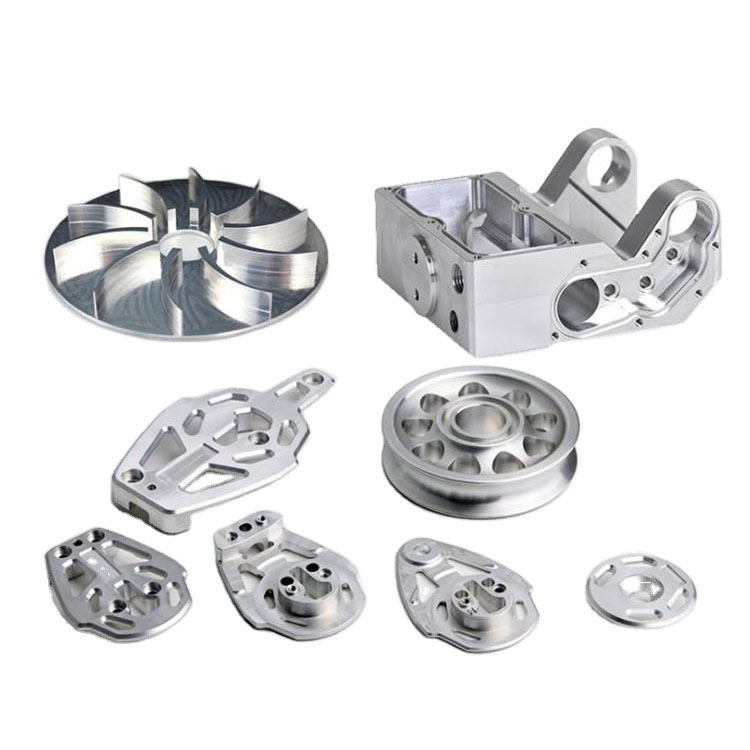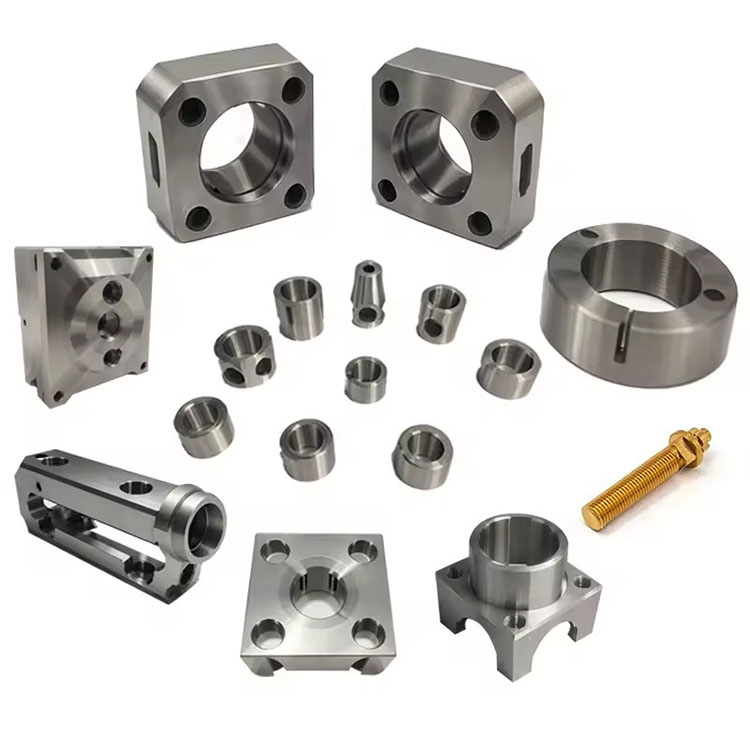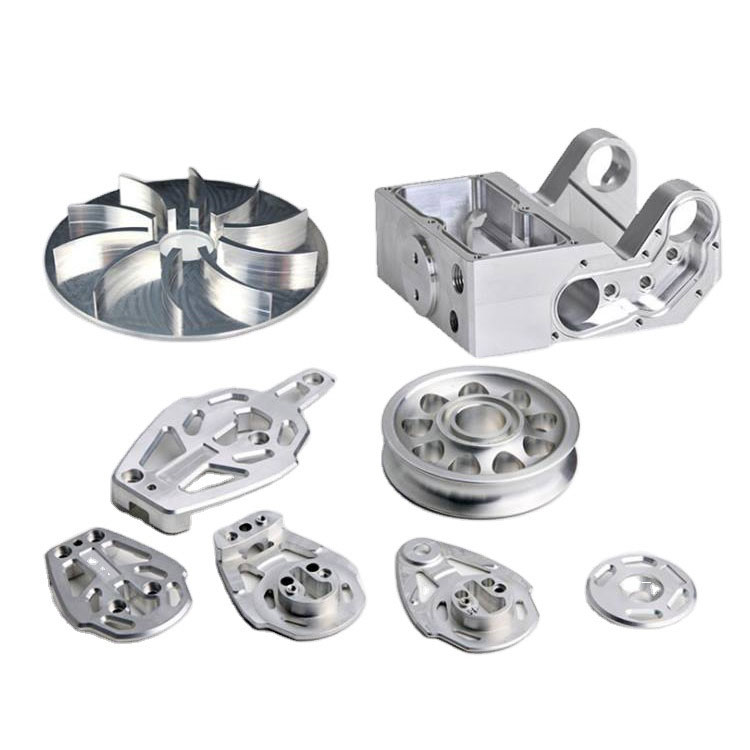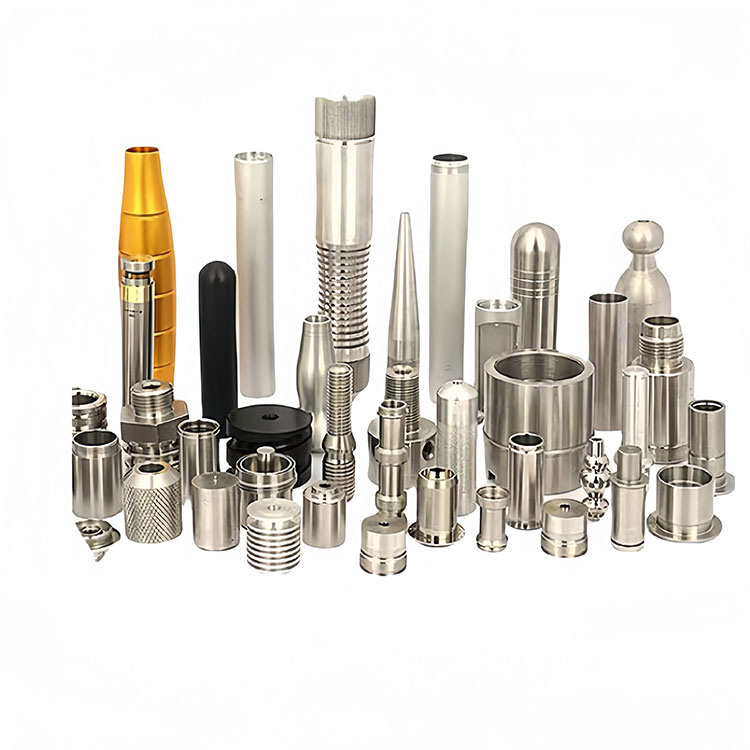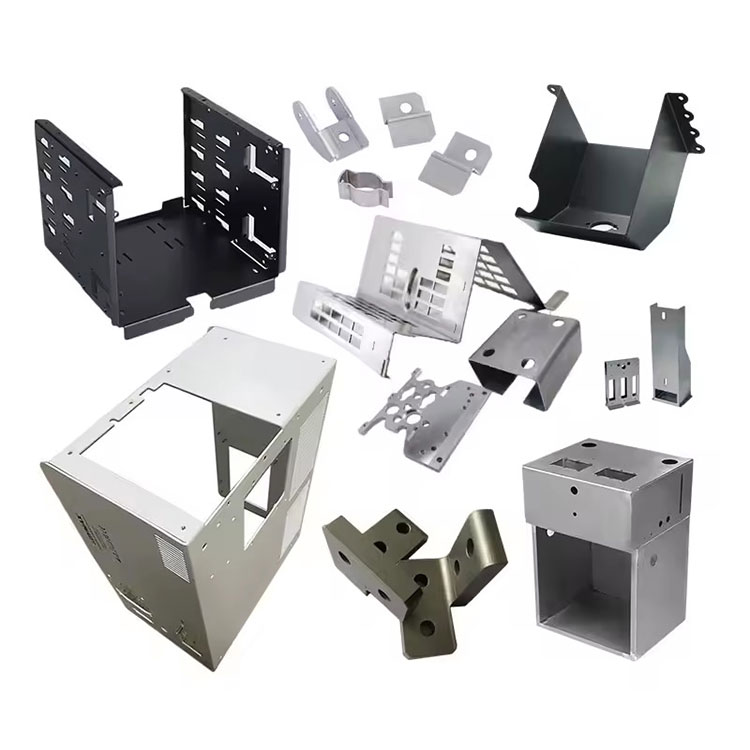
- English
- Español
- Português
- русский
- Français
- 日本語
- Deutsch
- tiếng Việt
- Italiano
- Nederlands
- ภาษาไทย
- Polski
- 한국어
- Svenska
- magyar
- Malay
- বাংলা ভাষার
- Dansk
- Suomi
- हिन्दी
- Pilipino
- Türkçe
- Gaeilge
- العربية
- Indonesia
- Norsk
- تمل
- český
- ελληνικά
- український
- Javanese
- فارسی
- தமிழ்
- తెలుగు
- नेपाली
- Burmese
- български
- ລາວ
- Latine
- Қазақша
- Euskal
- Azərbaycan
- Slovenský jazyk
- Македонски
- Lietuvos
- Eesti Keel
- Română
- Slovenski
Various Color Powder Development Services
Send Inquiry
As the professional manufacturer, we would like to provide you Various Color Powder Development Services. Similar to Aloding, anodizing is a passivation process that creates a protective layer on aluminum parts. The protective layer is formed using an acid electrolyte bath, with the cathode passing an electrical current to the part acting as the anode (hence the name). Anodizing is a controlled method of oxidizing a substrate to increase durability and corrosion resistance. This outer layer is completely integrated with the substrate, so it won't flake or chip like paint and electroplating can. Due to the porous nature of the coating, anodized parts can also be dyed, painted, and sealed.
There are different types of anodizing: Type I, Type II, and Type III. Each coating is applied through a different process and produces different coating thicknesses and properties. All anodizings make aluminum non-conductive and prevent corrosion.
Type I, chromic acid anodizing creates the thinnest layer, so it doesn't change part dimensions. This type of anodizing appears grayer in color and doesn't absorb other colors well.
Type II, boric acid anodizing, is a safer alternative to Type I. It also has better paint adhesion, so it can be used to give parts a variety of colors, including blue, red, gold, clear, and more. Others (suppliers have color charts with all options).
Type III, hard sulfuric acid anodizing is the most common type, has the clearest surface, and is available in the widest range of colors. However, this finish is slightly thicker than Type II (ranging from 0.001 to 0.004 inches). Type III can also be combined with PTFE (commonly known as Teflon). PTFE creates a dry, lubricated surface.
